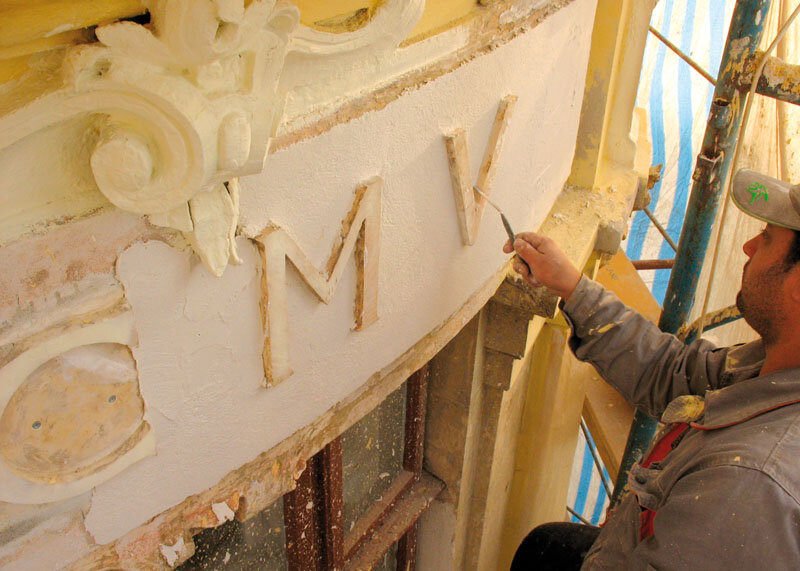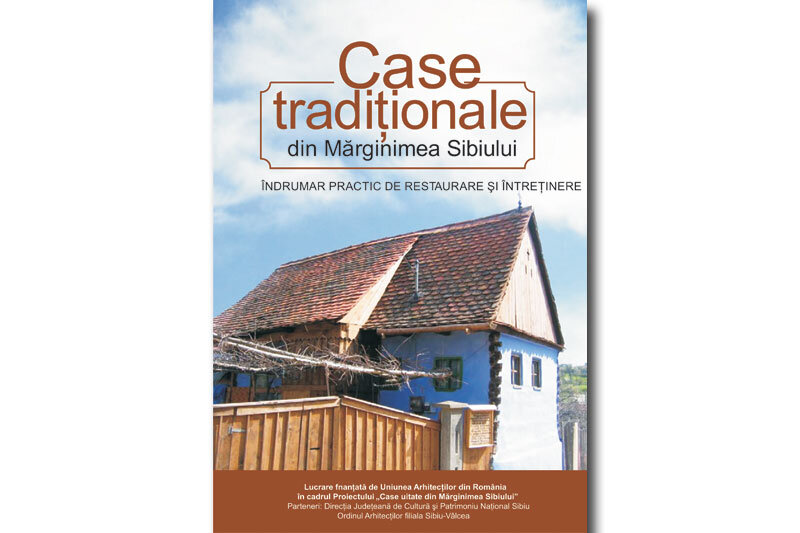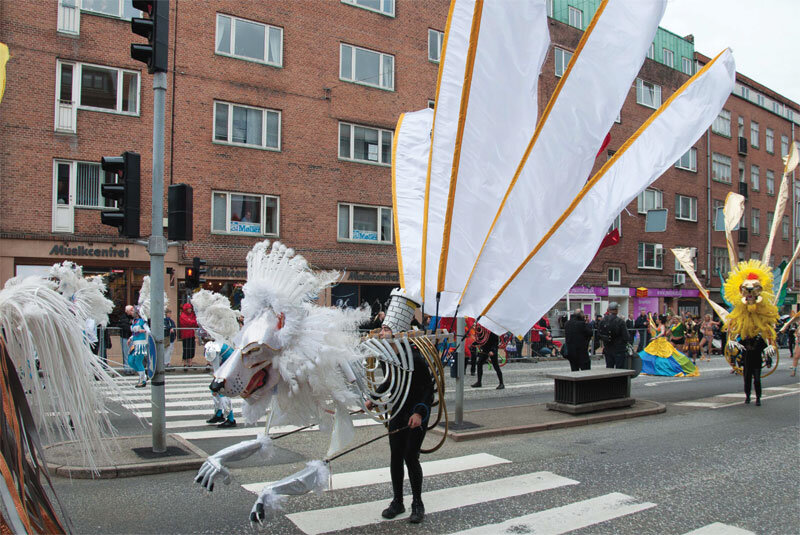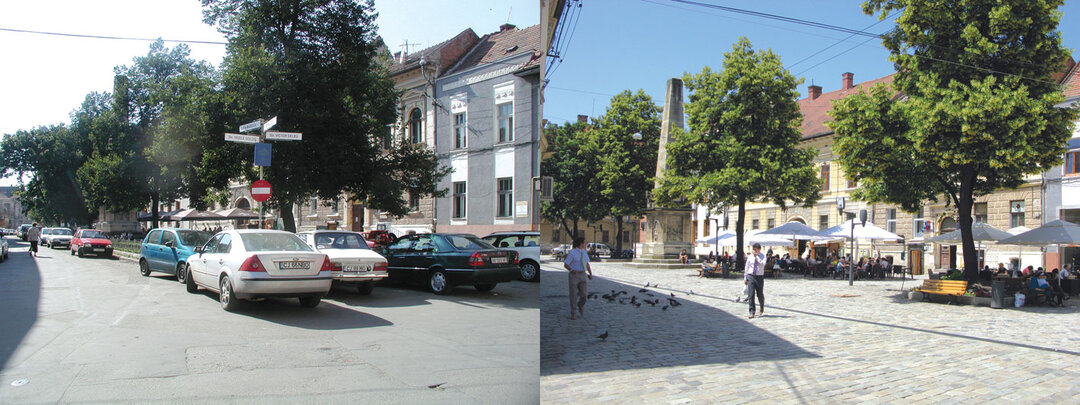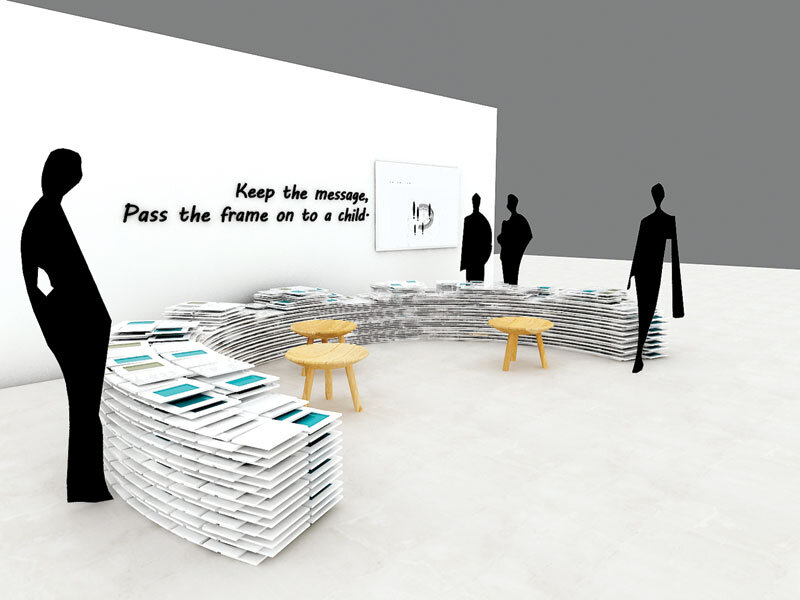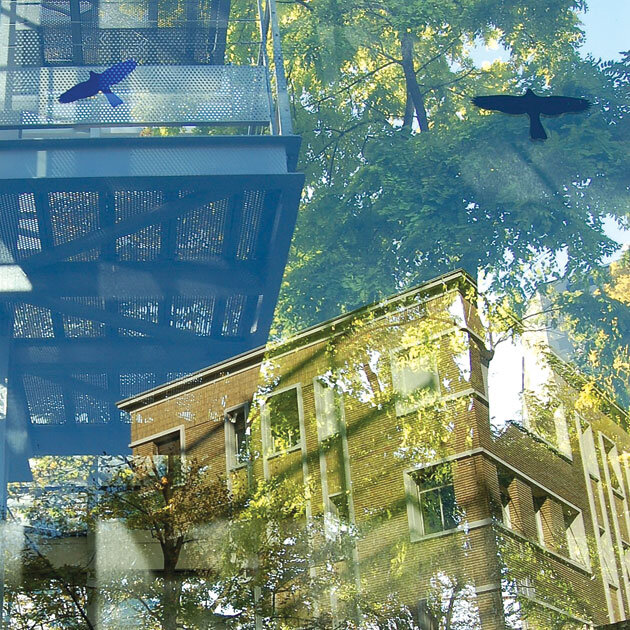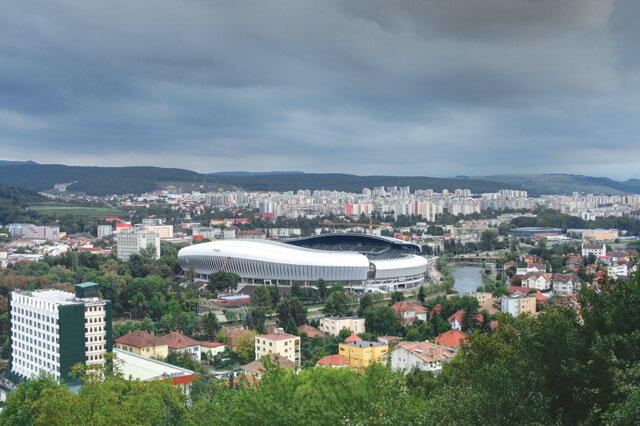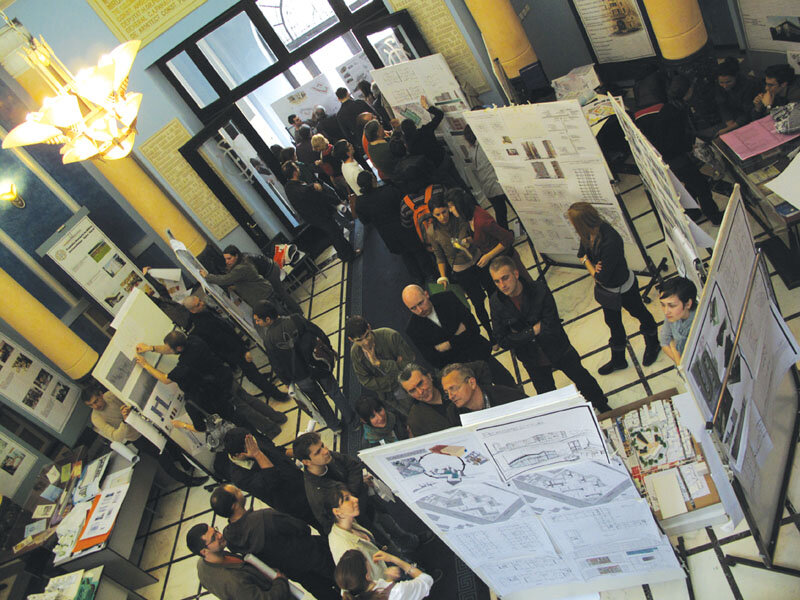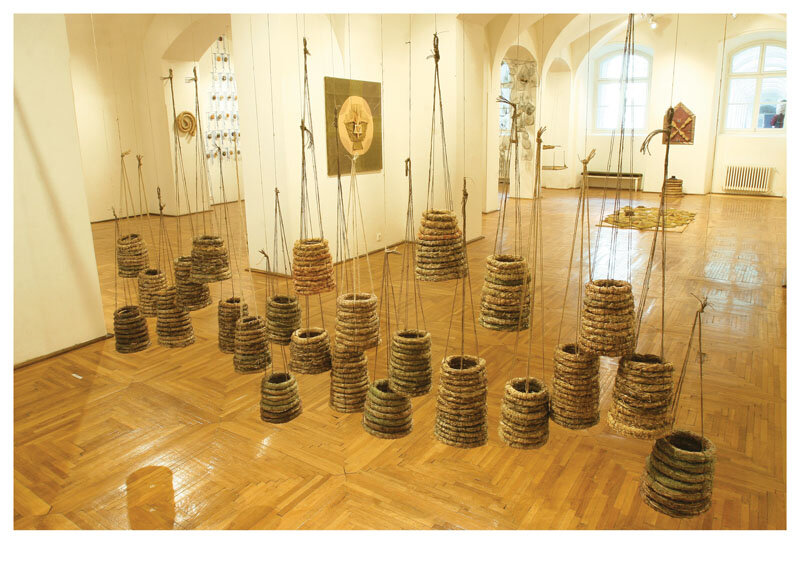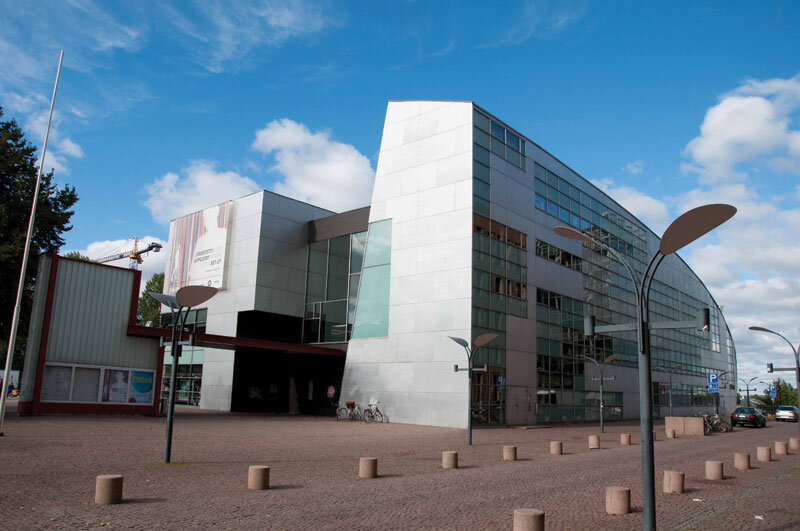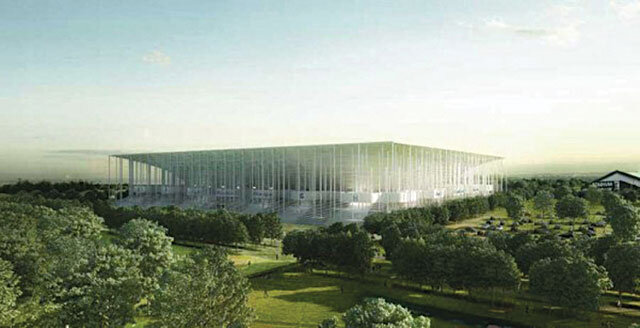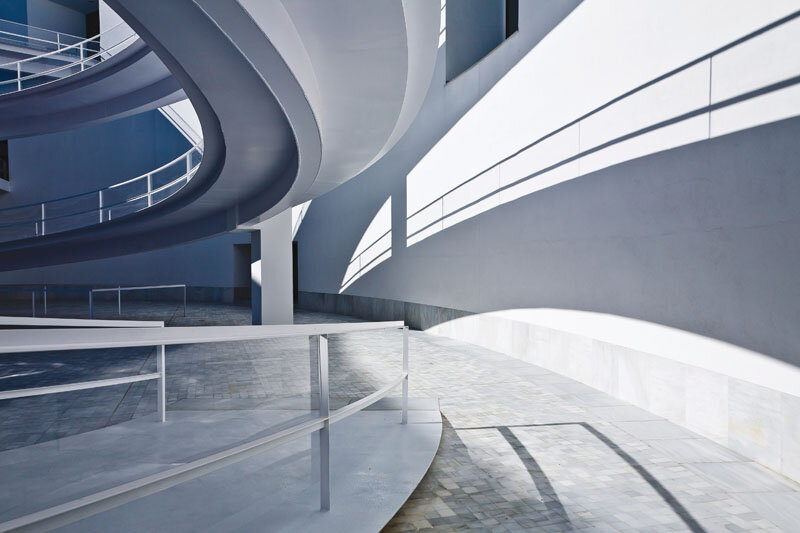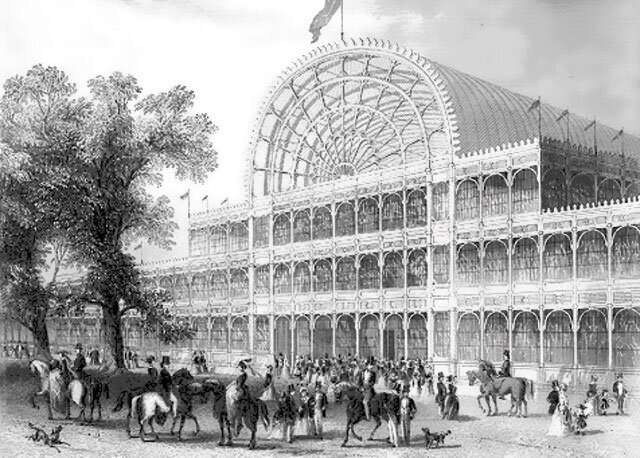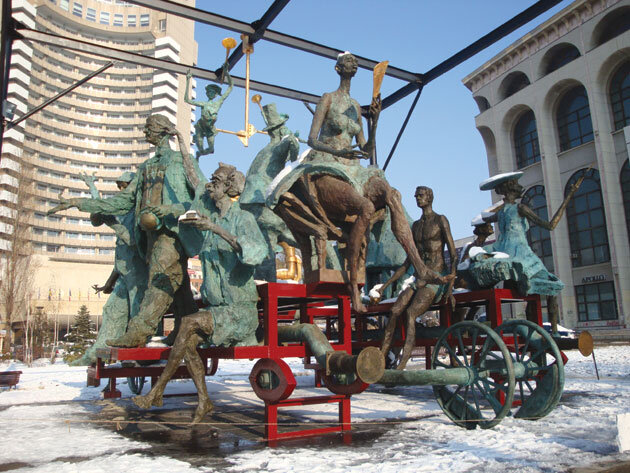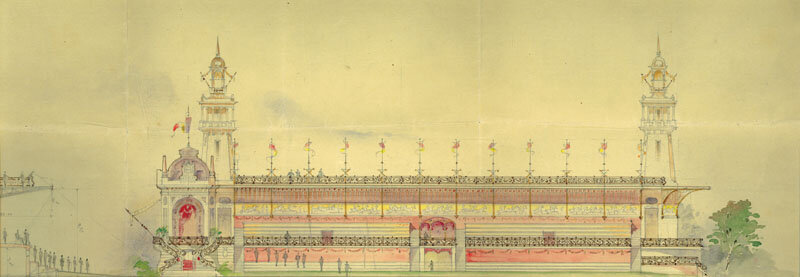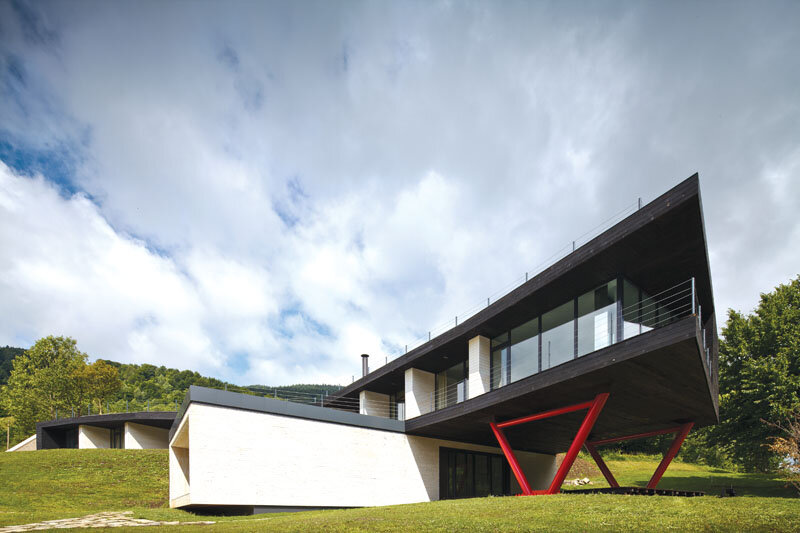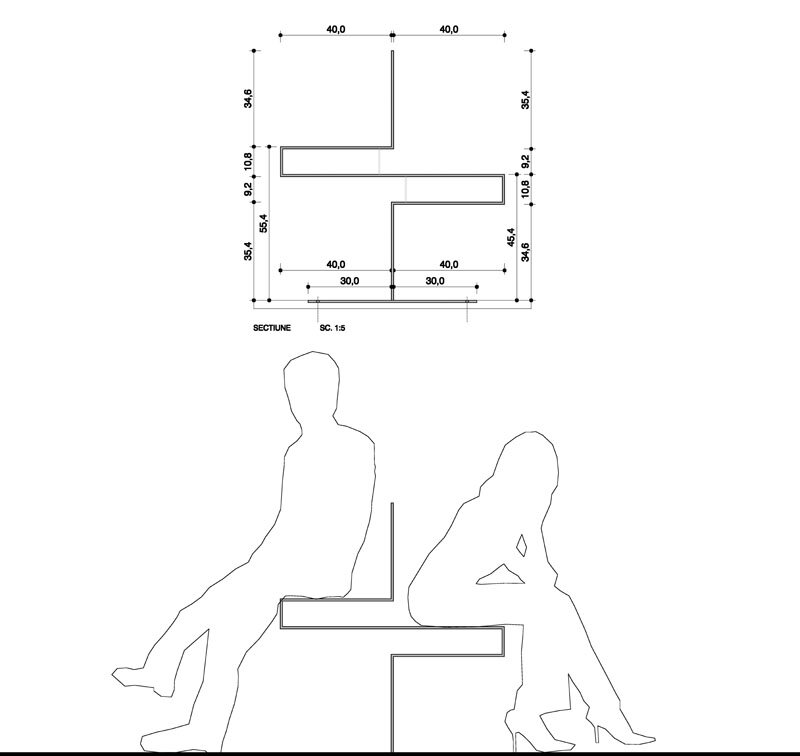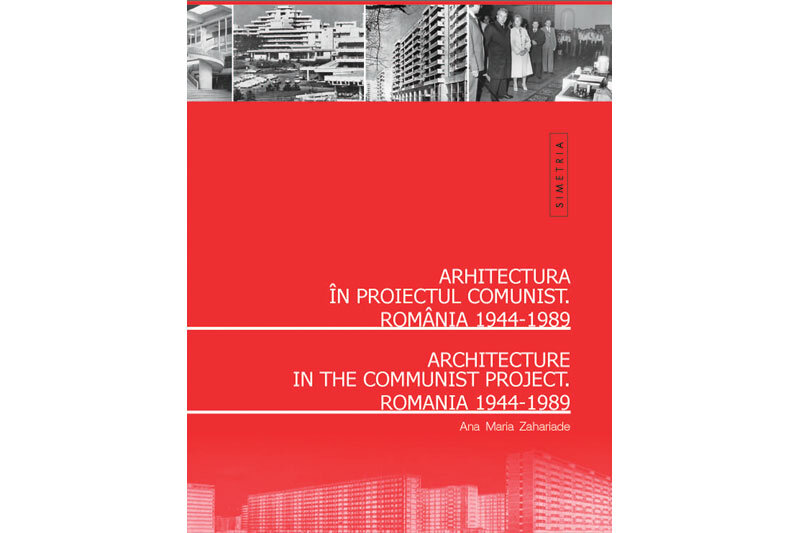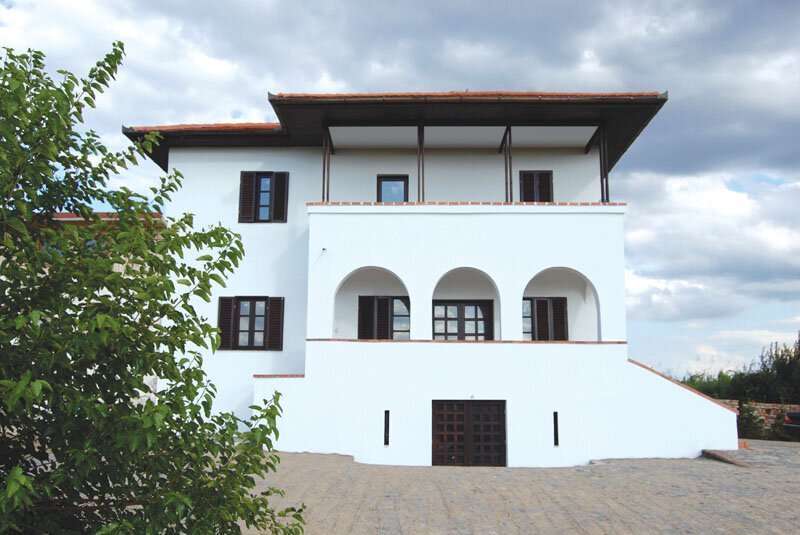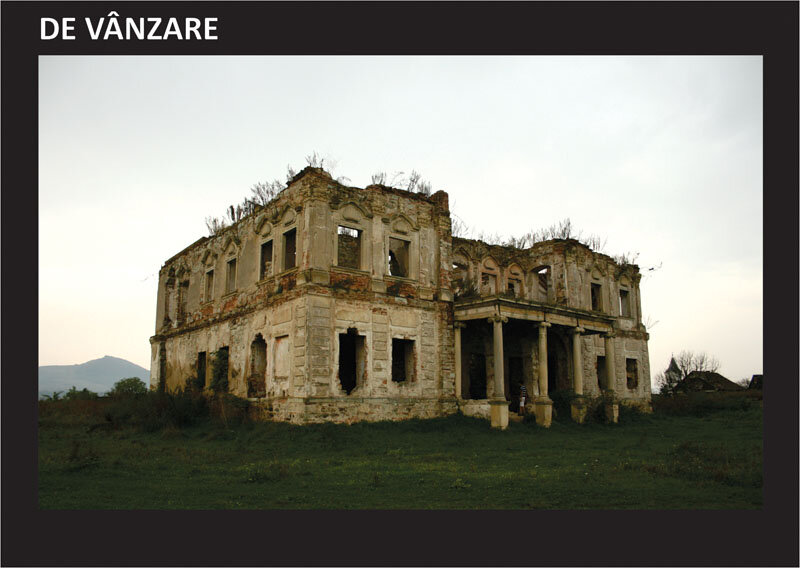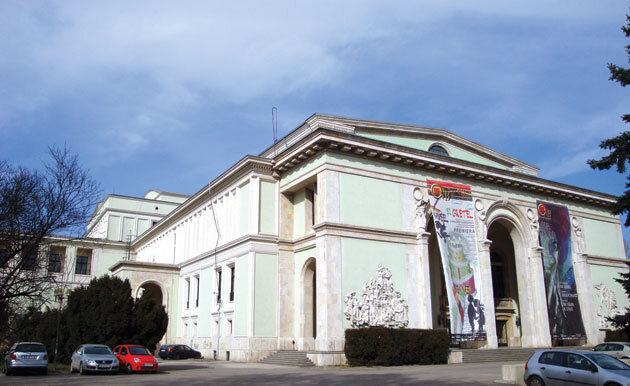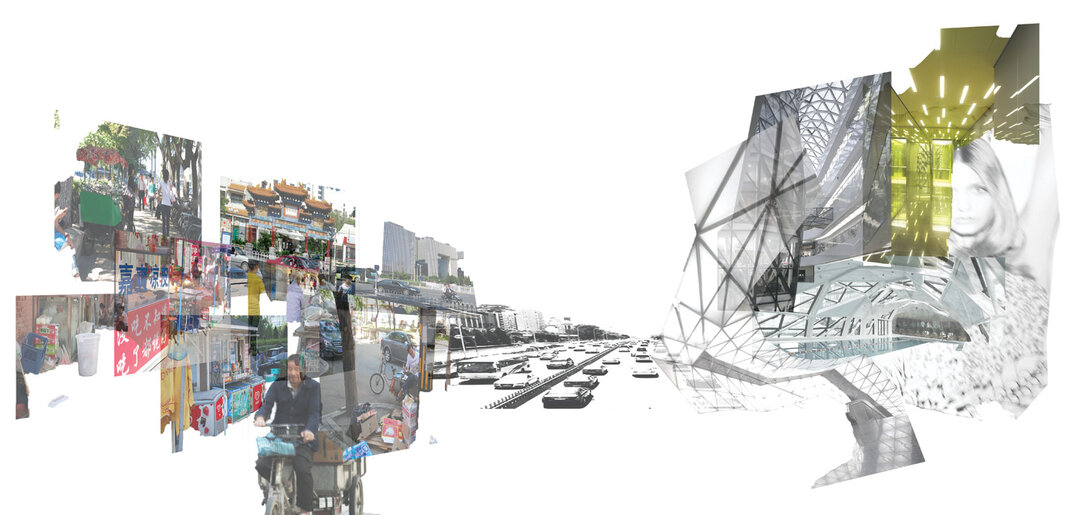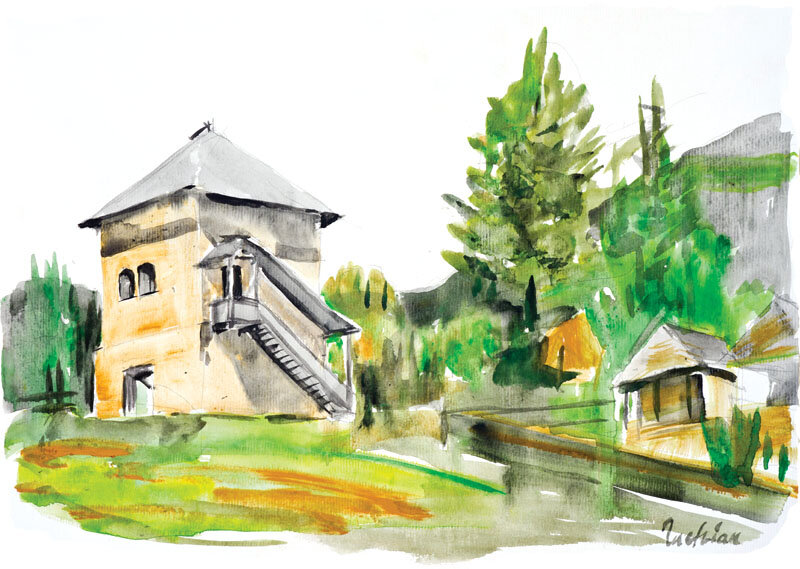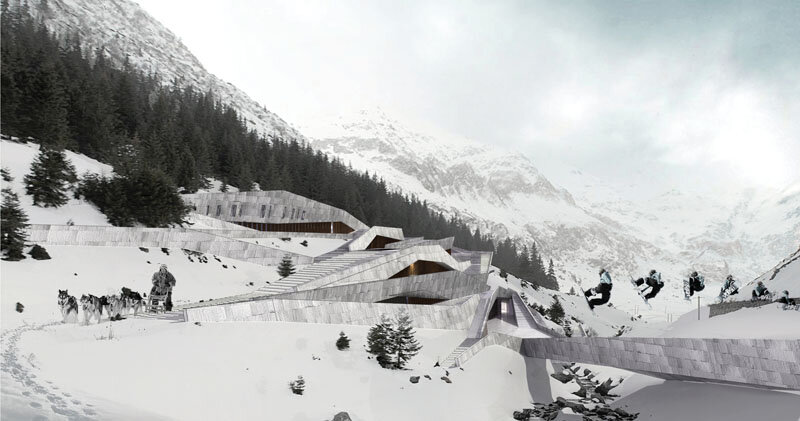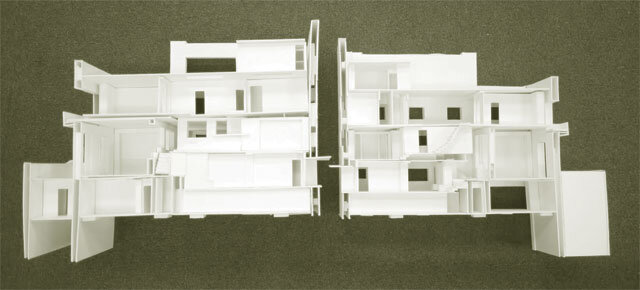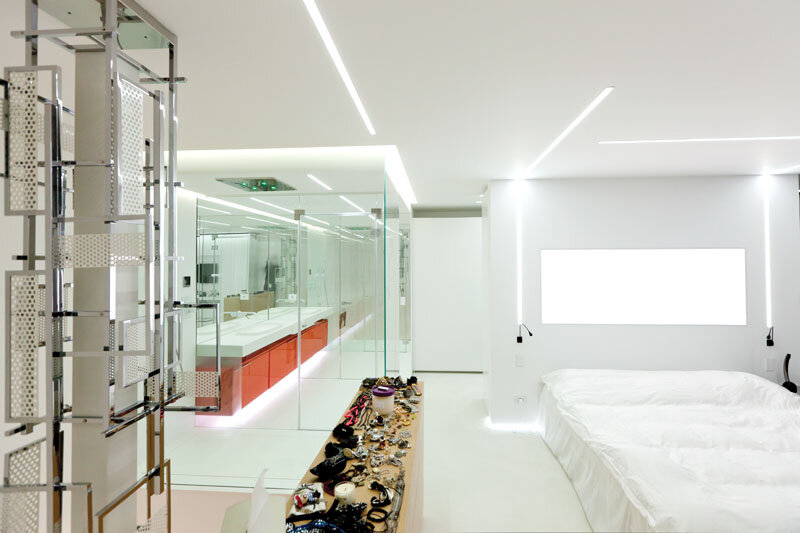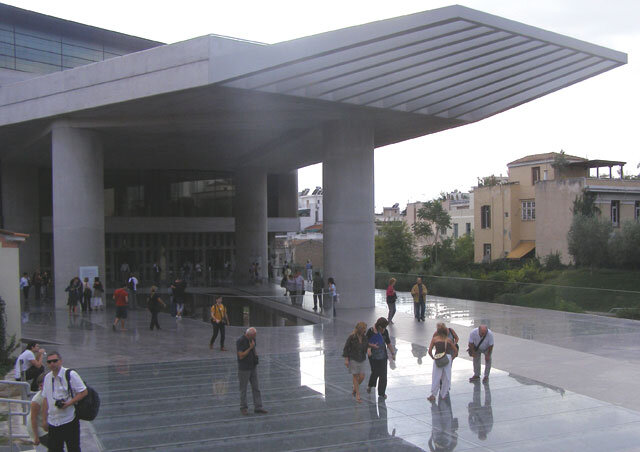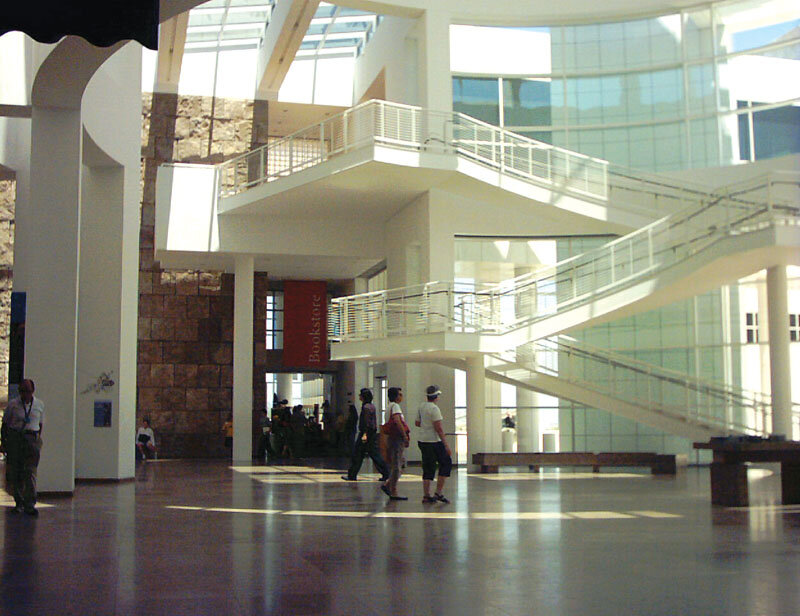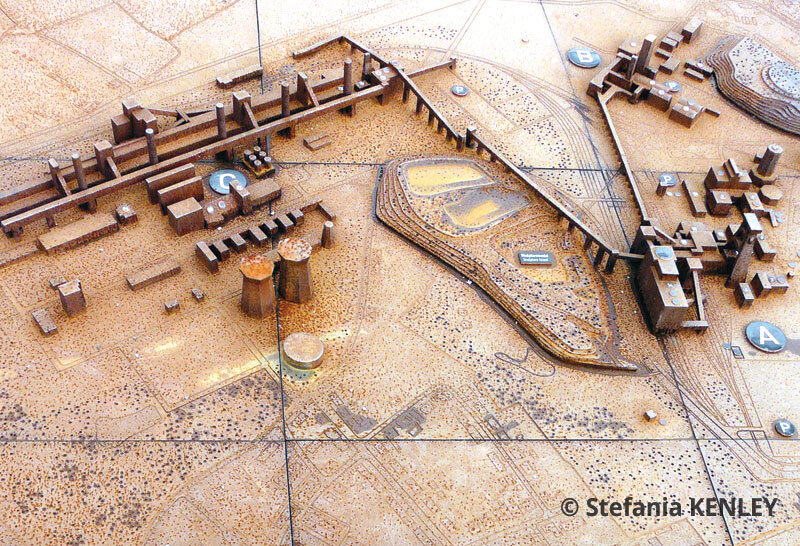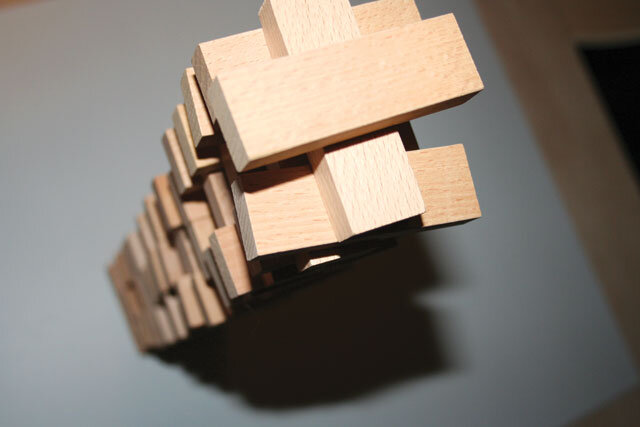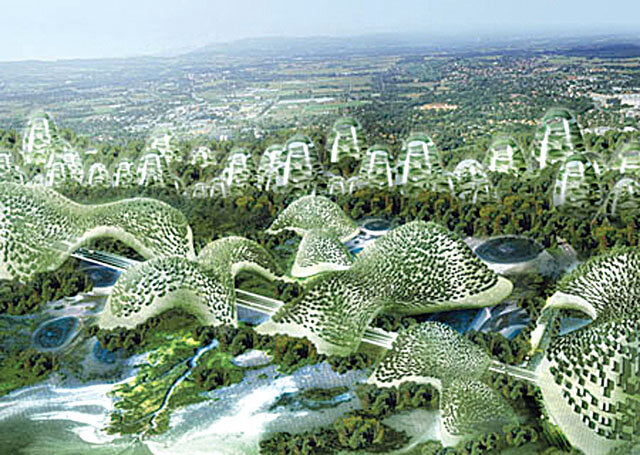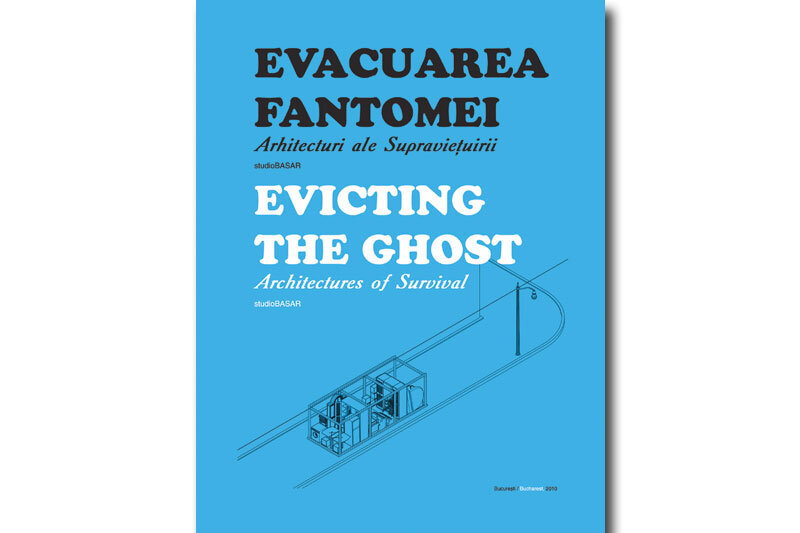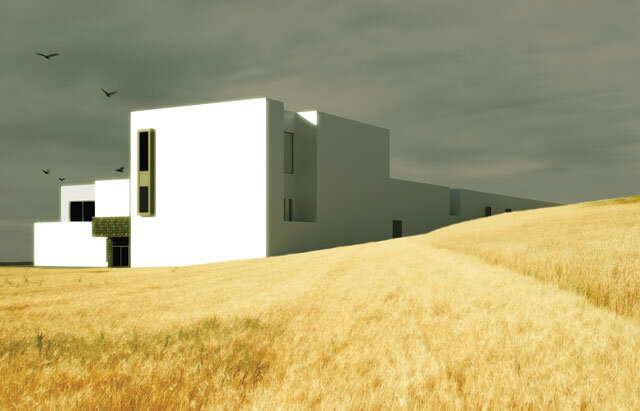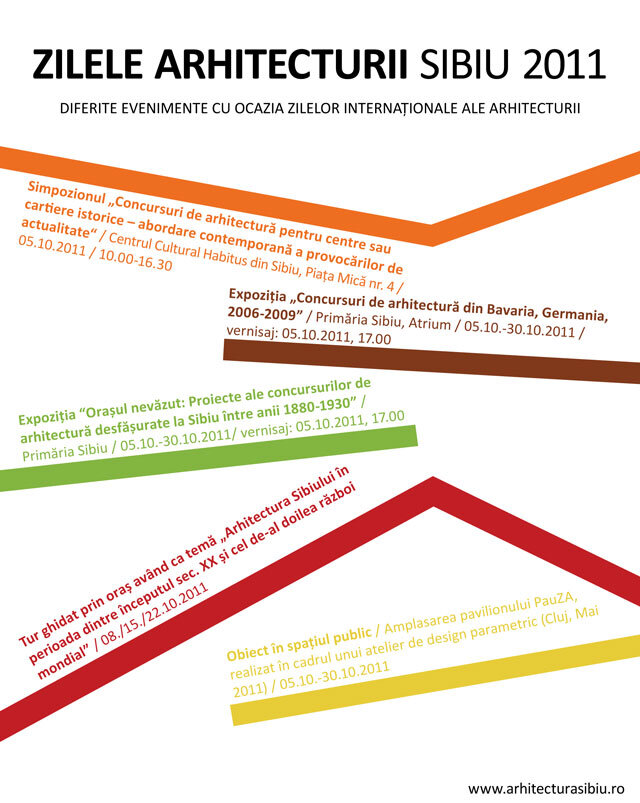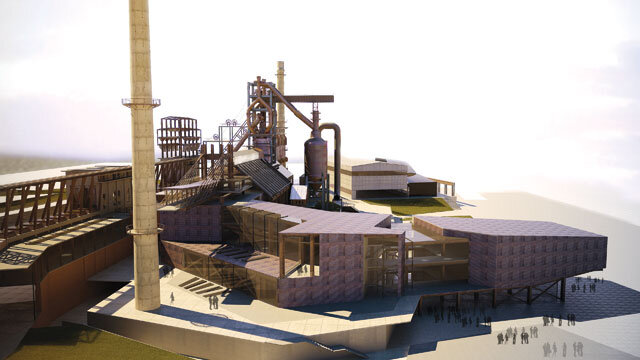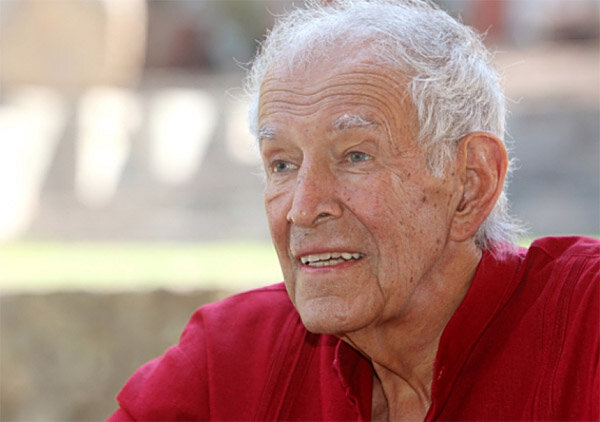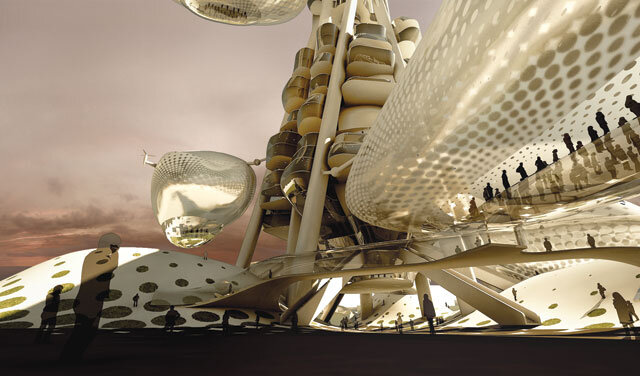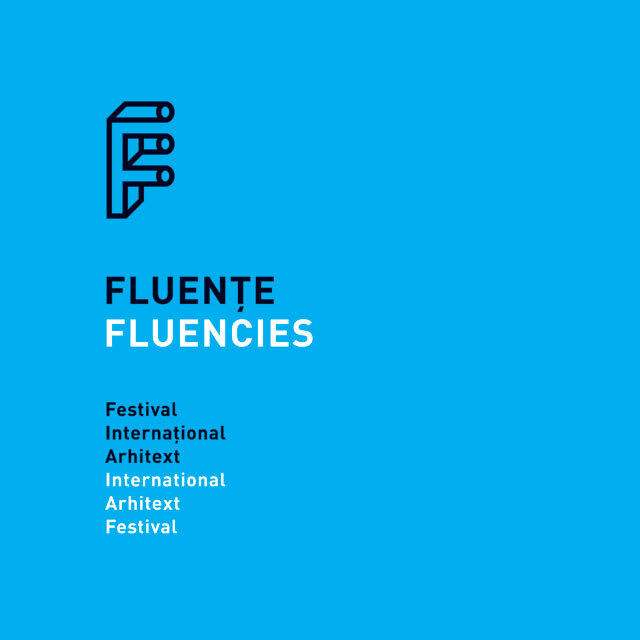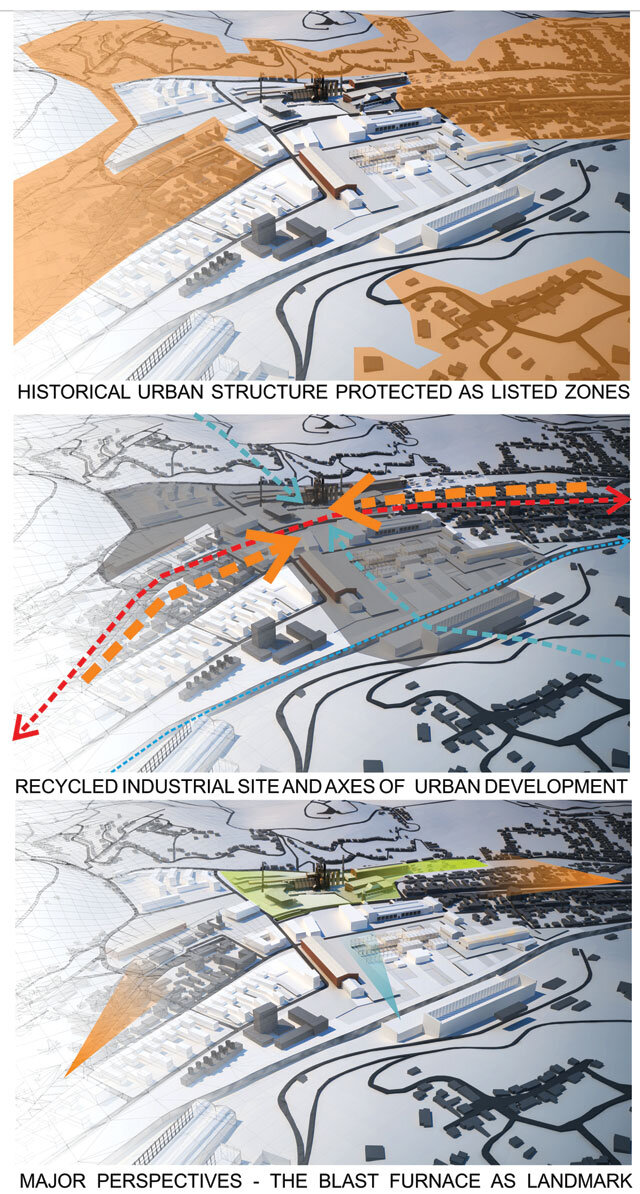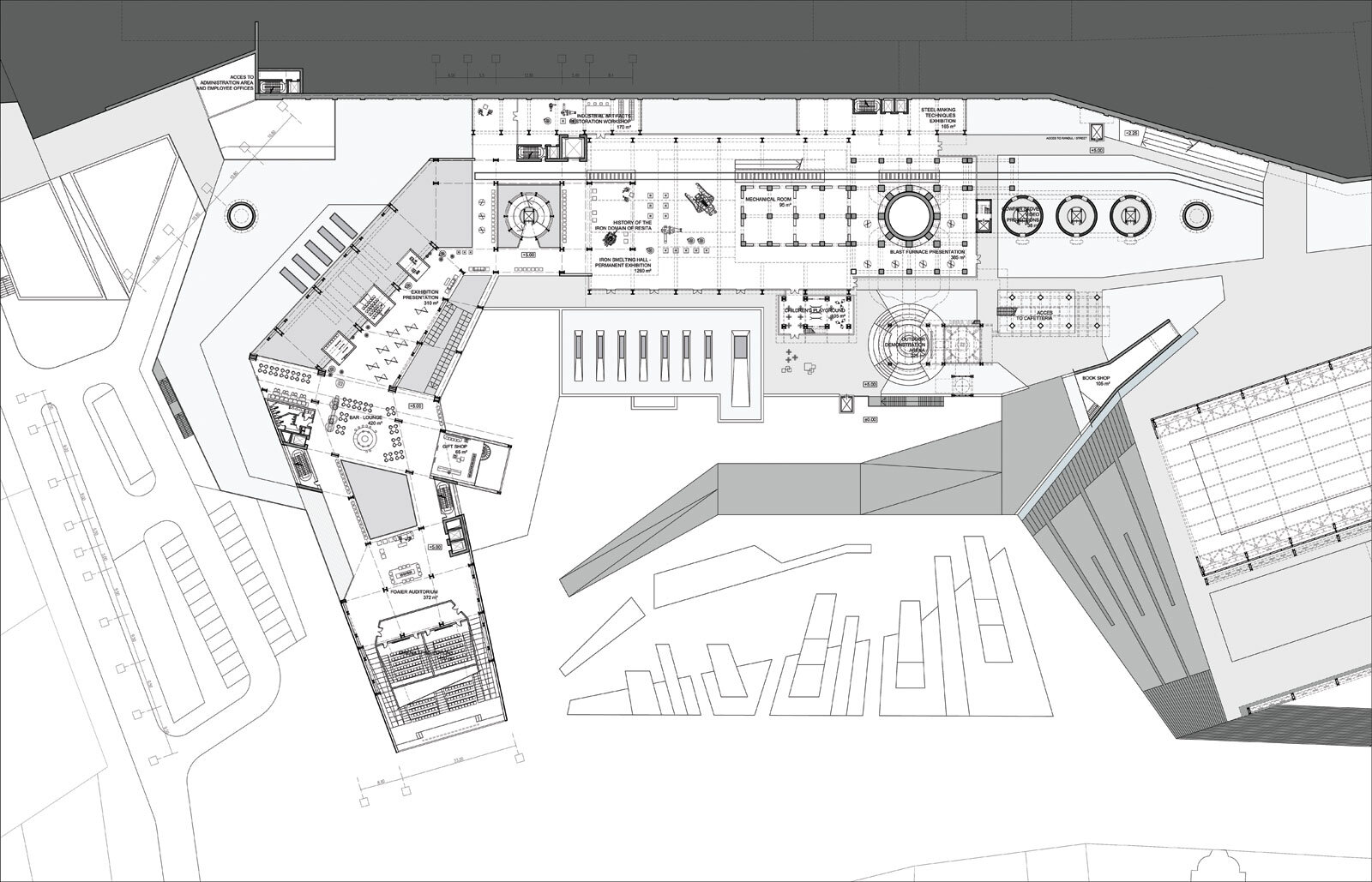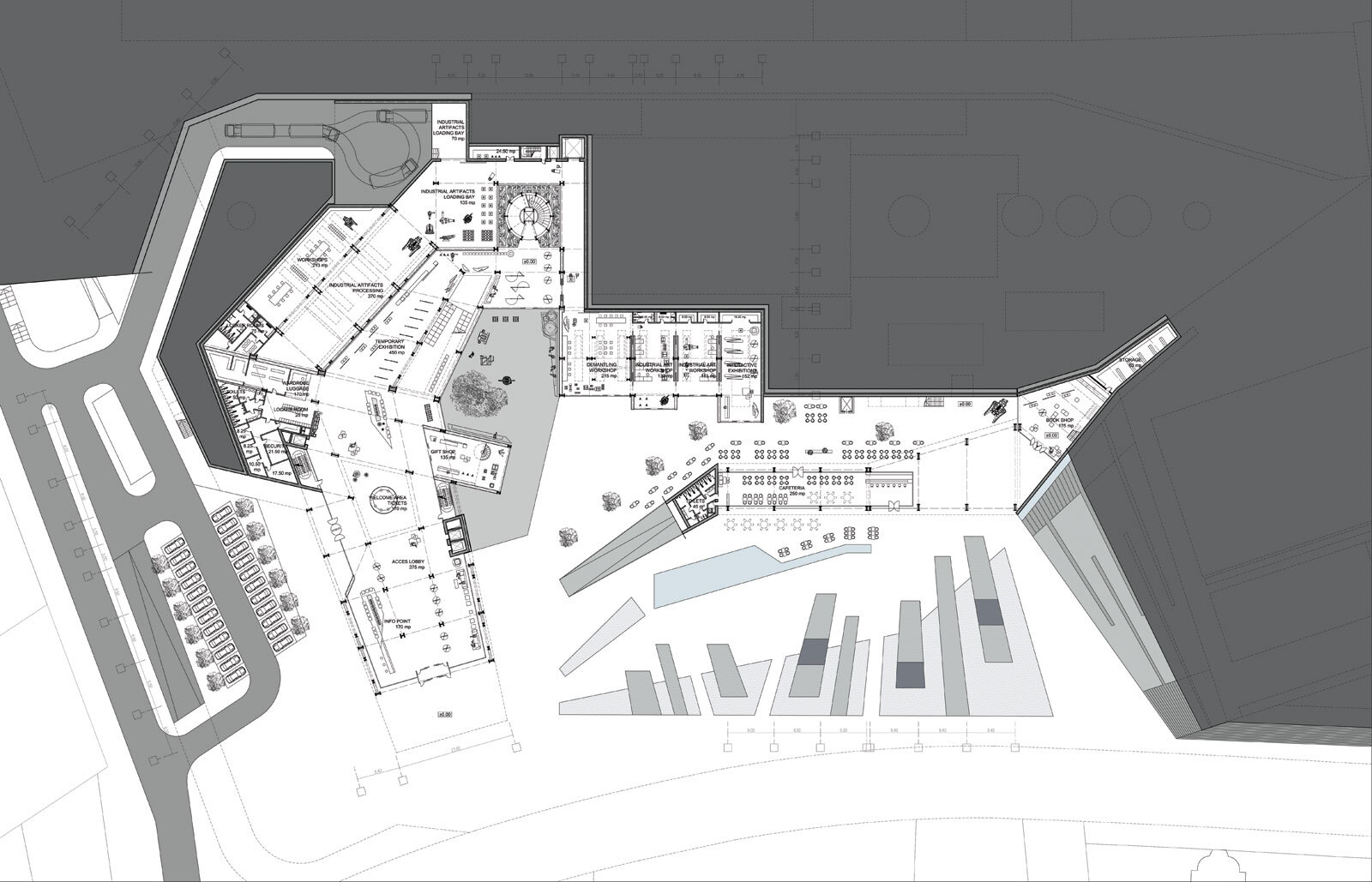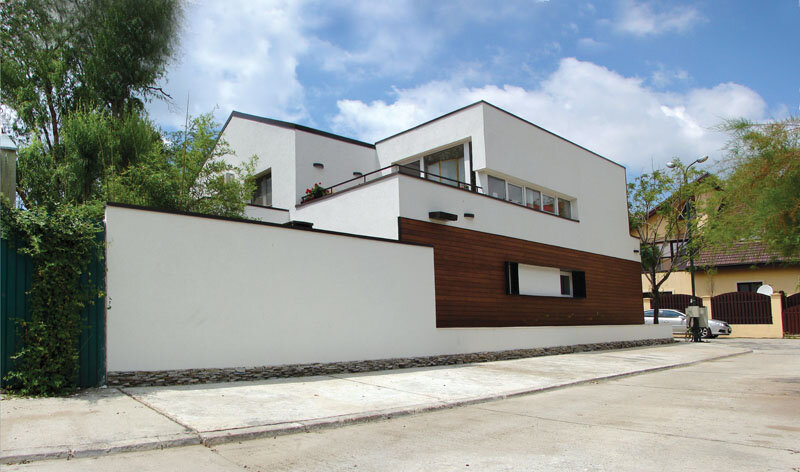
Diploma Project - Reconversion - Iron Museum Resita
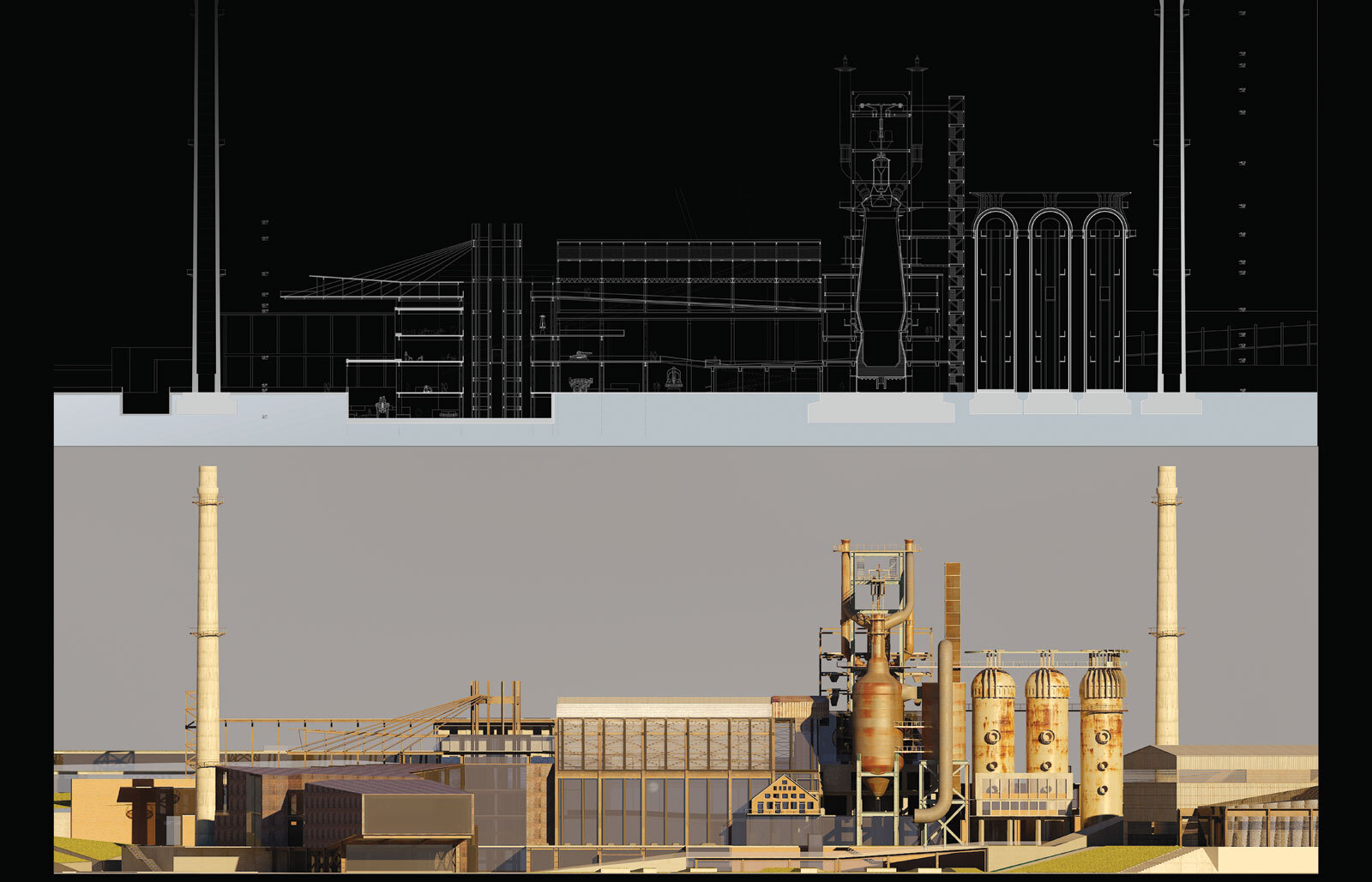
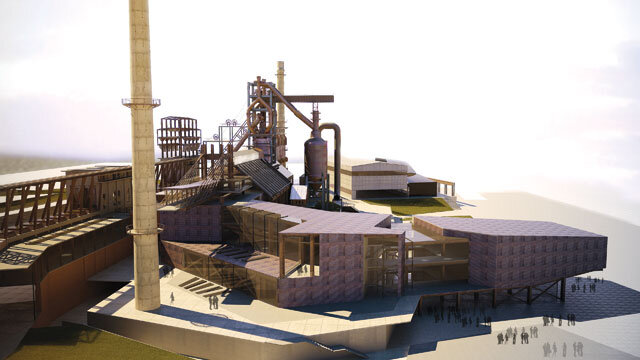
student-architect Dan Caracostea
Tutors: lect. dr. arh. Gabriel Costăchescu and prof. dr. dr. eng. Mircea Crișan
HISTORY
Reșița is one of the oldest European industrial cities, founded by the Austrian Imperial Court in 1771. The heyday of Reșița's iron works lasted from the mid-19th century until the Second World War. During this period, the Reșița steelworks and factories produced railway infrastructure and bridges for many Central European countries and Romania, locomotives, electric motors and even cars.
PROJECT
The General Urban Plan foresees the conversion of abandoned industrial areas near or within the historic center. The Draft Diploma proposes a Master Plan that will guide the entire process of urban recycling and create new functions to complement the existing fabric: residential areas; an urban park with an industrial atmosphere (industrial artifacts preserved in situ), sports facilities, restaurants, cinema; a new campus for the local University, integrating the Evangelical Church, the Reformed Church and the existing plantation protected as a natural monument; commercial spaces for offices or services.
As the most important city of the region, Resita would become the Anchor-Point of the future Iron Road of Banat Montan, connecting all the surrounding industrial sites (Anina Mine, Anina - Oravița railway, Bocșa), national parks and reserves.
The essence of the Master Plan is the site of the High Furnace, converted into the City of Industrial Culture. This multifunctional complex is built around a large urban square, dominated by the silhouette of the Iron Museum. The other buildings, former industrial halls, contain a conference center, an innovation center and an industrial culture interpretation center.
The concept of recycling is also applied in the Museum building, not only by converting the spaces of the High Blast Furnace, but also by constructing the entire structure of the new building using steel profiles recovered from the industrial halls to be demolished.
The museum consists largely of exhibition spaces that creatively occupy the existing buildings and converge with complementary functions such as the media library, auditorium and workshops for the restoration of industrial artifacts recovered from abandoned sites. This fluid hybridization of the Museum's functions is reminiscent of the historical configuration of the city, in which everyday urban life coexisted effectively with industrial spaces dedicated to production. This industrial age philosophy generated a unique urban structure in Resita and will be reinterpreted in the concept of the Iron Museum.
Project realized with the support of the County Directorate for Culture, Cults and Heritage Caras-Severin.

